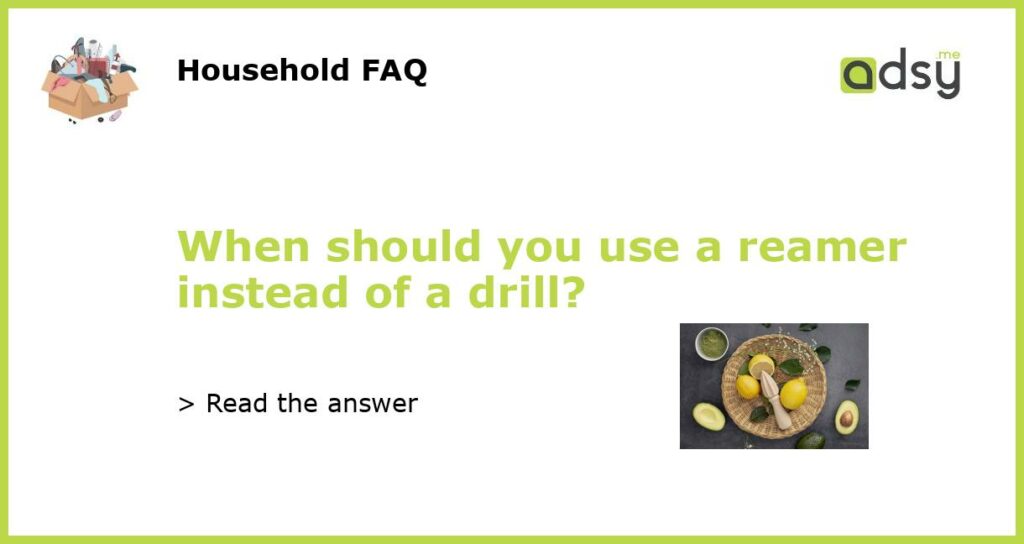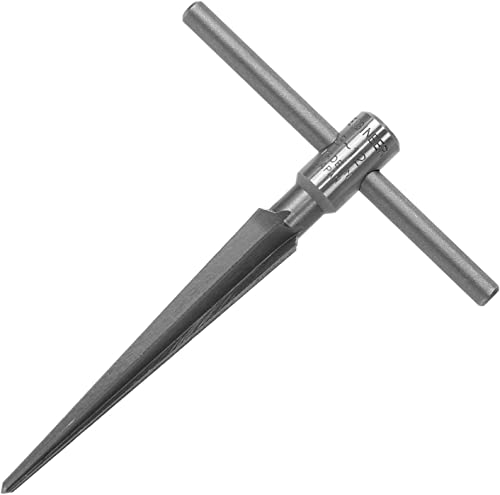When Should You Use a Reamer Instead of a Drill?
When it comes to machining and metalworking, there are various tools that serve different purposes. One common question that often arises is when to use a reamer instead of a drill. While both tools can create holes in materials, they have distinct differences in terms of functionality, precision, and finish. In this article, we will explore the situations where using a reamer is more appropriate than a drill.
Achieving High-Quality Precision Holes
If you need a hole with a high level of precision and accuracy, a reamer is the better choice compared to a drill. Reamers are specifically designed to create holes with precise dimensions and a smooth finish. They are capable of removing minimal material and can provide tight tolerances with a high degree of concentricity. This makes reamers ideal for applications where a precise fit is essential, such as in machining operations or when creating holes for bearing fits.
Creating Tapered Holes
While drills can create straight, cylindrical holes, they are not suitable for creating tapered holes. Reamers, on the other hand, are specifically designed for creating tapered holes or enlarging existing holes to a specific taper. This is useful in applications where holes need to accommodate parts with tapered ends, such as for machine tool spindles or tapered pipe fittings.
Smoothing and Finishing Existing Holes
Drilling can leave rough edges or burrs on the surface of the hole, which may not be desirable in certain applications. If you need to smooth and finish an existing hole, a reamer is the ideal tool. Reamers with their precise cutting edges and carefully controlled geometry can remove any imperfections left behind by the drilling process, resulting in a clean and smooth finish. This is particularly important in applications where a mating part needs to fit snugly into the hole, ensuring a proper seal or alignment.
Working with Brittle or Delicate Materials
When working with brittle or delicate materials, such as ceramics or composites, a drill may cause chipping or cracking due to its aggressive cutting action. Reamers, on the other hand, provide a more controlled cutting action and are less likely to cause damage to the material. They can produce clean holes without exerting excessive force, minimizing the risk of material deformation or breakage.
Improving Surface Finish and Hole Accuracy
If achieving a high-quality surface finish and hole accuracy is crucial for your application, a reamer is the tool to use. Reamers are designed with sharp cutting edges and multiple flutes, which help to reduce chatter and prevent vibrations during the cutting process. This results in a smoother surface finish and improved hole accuracy compared to drilling. The cutting action of a reamer also generates less heat and produces less material burring, minimizing the need for additional finishing operations.






